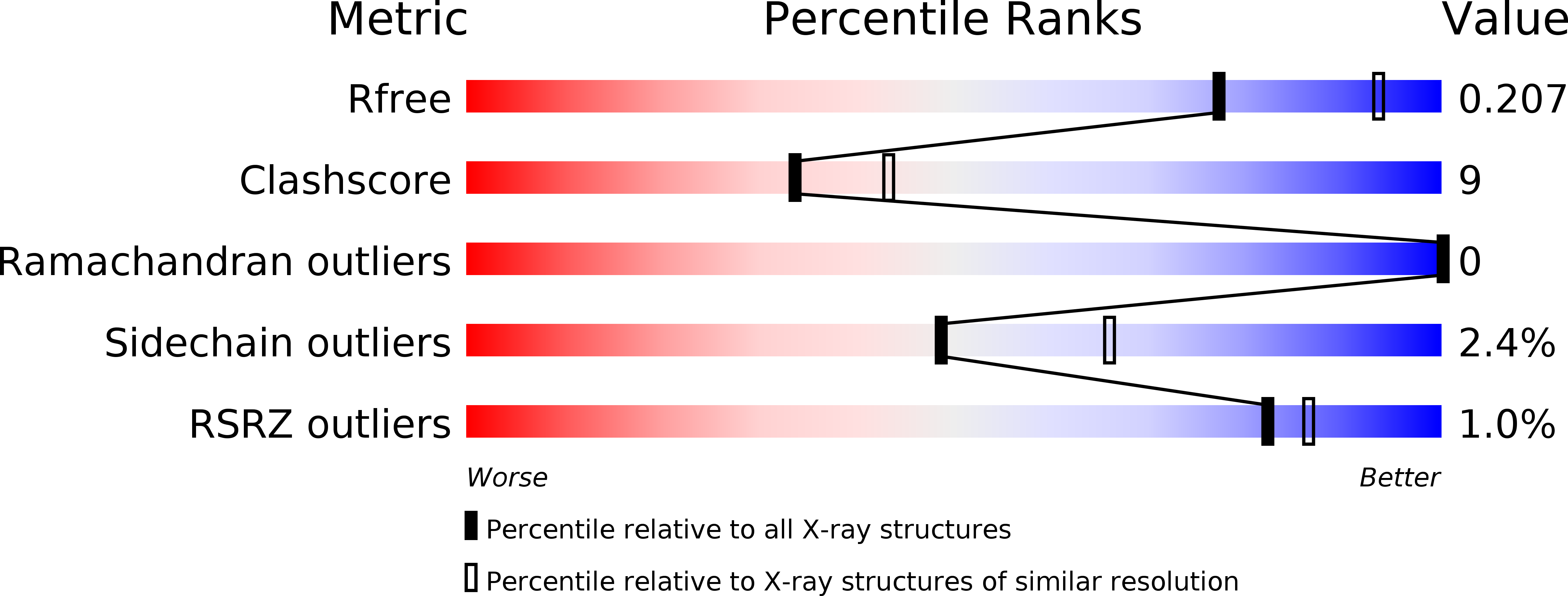
Deposition Date
2003-09-15
Release Date
2004-03-23
Last Version Date
2024-10-30
Entry Detail
PDB ID:
1QZ3
Keywords:
Title:
CRYSTAL STRUCTURE OF MUTANT M211S/R215L OF CARBOXYLESTERASE EST2 COMPLEXED WITH HEXADECANESULFONATE
Biological Source:
Source Organism:
Alicyclobacillus acidocaldarius (Taxon ID: 405212)
Host Organism:
Method Details:
Experimental Method:
Resolution:
2.30 Å
R-Value Free:
0.21
R-Value Work:
0.17
R-Value Observed:
0.18
Space Group:
P 41 21 2


